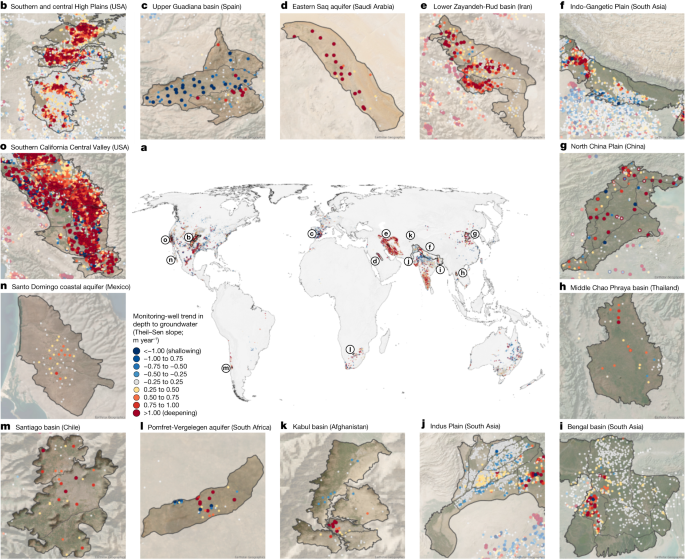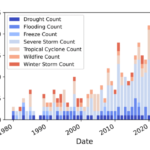2024-01-24 ロスアラモス国立研究所(LANL)
◆地下のフラクチャネットワークをシミュレートし、メタンの移動と大気中での放出を模倣する高性能コンピューティングクラスタを使用して、メタンが太陽の出る前に放出されると予測。これにより、Curiosityローバーが最適なデータ収集時期を特定できる可能性があり、火星のメタンの起源に迫る手がかりとなる。
<関連情報>
- https://discover.lanl.gov/news/0124-mars-methane-pulses/
- https://agupubs.onlinelibrary.wiley.com/doi/10.1029/2023JE008043
火星におけるメタンの日周変動は気圧ポンピングと惑星境界層の進化によって駆動される Sub-Diurnal Methane Variations on Mars Driven by Barometric Pumping and Planetary Boundary Layer Evolution
J. P. Ortiz, H. Rajaram, P. H. Stauffer, K. W. Lewis, R. C. Wiens, D. R. Harp
Journal of Geophysical Research: Planets Published: 22 January 2024
DOI:https://doi.org/10.1029/2023JE008043

Abstract
In recent years, the Tunable Laser Spectrometer within the Sample Analysis at Mars (TLS-SAM) instrument on board the Mars Science Laboratory (MSL) Curiosity rover has detected methane variations in the atmosphere at Gale crater. Methane concentrations appear to fluctuate seasonally as well as sub-diurnally, which is difficult to reconcile with an as-yet-unknown transport mechanism delivering the gas from underground to the atmosphere. To potentially explain the fluctuations, we consider barometrically induced transport of methane from an underground source to the surface, modulated by temperature-dependent adsorption. The subsurface fractured-rock seepage model is coupled to a simplified 1-D atmospheric mixing model to provide insights on the pattern of atmospheric methane concentrations in response to transient surface methane emissions, as well as to predict sub-diurnal variation in methane abundance for the northern summer period, which is a candidate time frame for a MSL Curiosity sampling campaign. Our analysis suggests that there is a lower limit to the subsurface fracture density that can produce the observed methane patterns, below which the atmospheric methane variations would be out of phase with the observations. The best-performing model scenarios indicate a significant, short-lived methane pulse just prior to sunrise, the detection of which by TLS-SAM would be a potential indicator of the contribution of barometric pumping to Mars’ atmospheric methane variations.
Key Points
- Barometrically driven atmospheric methane abundance timing controlled by fracture topology and atmospheric dynamics
- There is a lower limit to fracture density (0.01%) that can produce observed methane patterns
- A late morning or early evening Tunable Laser Spectrometer within the Sample Analysis at Mars sample could constrain diurnal methane pattern and transport processes
Plain Language Summary
One of the outstanding goals of current Mars missions is to detect and understand biosignatures (signs of ancient or present life, if they exist) such as methane. Methane has been detected multiple times in Mars’ atmosphere close to the planet’s surface by the Mars Science Laboratory (MSL) Curiosity rover, and its abundance appears to fluctuate seasonally and on a daily time scale. With the source of methane on Mars most likely located underground, it is difficult to reconcile these atmospheric variations with an as-yet-unknown transport mechanism delivering the gas to the atmosphere. In this manuscript, we simulate methane transport to the atmosphere from underground fractured rock driven by atmospheric pressure fluctuations. We also model adsorption of methane molecules onto the surface of pores in the rock, which is a temperature-dependent process that may contribute to the apparent seasonality of methane abundance. We simulated methane emitted from the subsurface mixing into a simulated atmospheric column, which provides insight into the sub-diurnal methane concentrations in the atmosphere. Our simulations predict short-lived methane pulses prior to sunrise for Mars’ upcoming northern summer period, which is a candidate time frame for MSL Curiosity‘s next sampling campaign.



